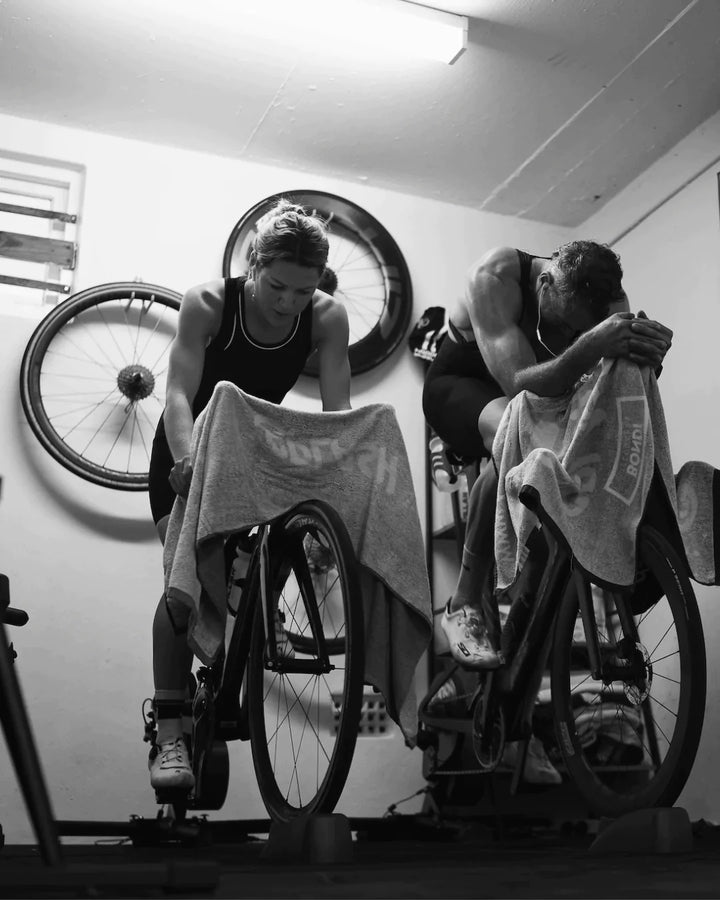Most recommendations given around fuelling and performance don’t differentiate between men and women, or even across different age groups or life stages. This is because when it comes to performance nutrition, women are still significantly underrepresented in the research.
In fact until recently, almost all research was done exclusively on male subjects, with results extrapolated out to make ‘guesstimates’ for women in regards to both training and nutrition planning.
The reason for this exclusion is hormones – monthly fluctuations associated with menstrual cycle – that complicate the physiological variables. However, the research is now growing, and while more work needs to be done in this space, there are some known physiological differences that influence fuelling and ‘may’ create slightly different recommendations based on gender.
Firstly, men and women store fat differently, not just the known visible differences (stomach area vs hips thighs) but fat stored within muscles. Fat stored within muscle cells is beneficial for athletic performance and used directly as a fuel source. It’s higher in trained athletes vs sedentary and also higher in females. This means that women are better at burning fat for energy than males, sparing glycogen in the process.
As a result, over longer, endurance type events, women become less fatigued less quickly. These differences in substrate usage are influenced by oestrogen, so with monthly hormonal fluctuations, glycogen vs fat burning also shifts slightly for females, with reliance on fats for energy being higher in the luteal phase.
I cover these hormonal shifts in more detail in my Performance Nutrition for Women blog.
In theory this may mean that women are less receptive to high carb fuelling in the days before an endurance event, and some evidence indicates that fuelling (like sports drinks, gels or high carb fuel of choice) during the event may be even more important.
At this stage, the research is still inconclusive, making it very hard to definitively say that men and women need to fuel differently based on gender. Instead, what is probably more important is paying attention to quality nutrition and periodising that according to individual training goals and health.
Of course, fuelling is a different concept to nutrition requirements – where there are some clear differences in guidelines by gender including:
- Specific micronutrient focus: such as greater iron requirements (based on menstrual losses); and increased calcium needs for women.
- Protein: may be higher for females, especially menopausal and pre-menopausal
- Energy needs: lower for women in general (of similar stature and activity level) due to lower lean muscle mass.
- Women are likely to be less tolerant to high fat, low carb diets due to hormonal differences.
- Pip Taylor


0 comments